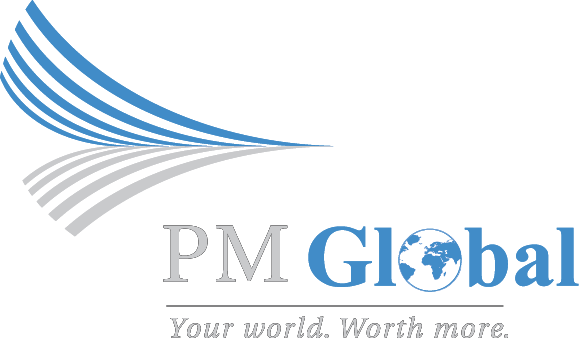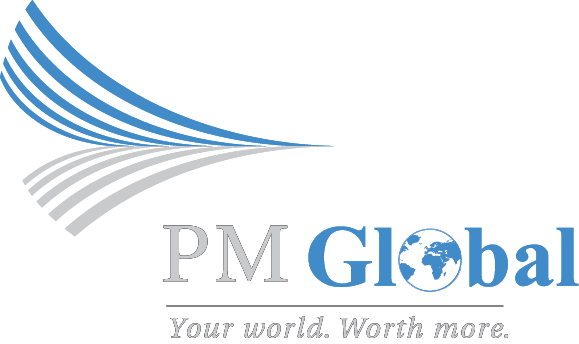The following information summarizes the key business tax and Small Business Act loan related law changes enacted as part of the CARES Act signed into law by President Trump on March 27, 2020:
Modifications for Net Operating Losses (NOLs)
The CARES Act temporarily repeals the 80 percent of taxable income limitation enacted by the Tax Cuts and Jobs Act, which was generally effective for taxpayers beginning after December 31, 2017. The Tax Cuts law change generally limited the use of NOLs to 80 percent of the taxpayer’s taxable income. The Tax Cuts law change also eliminated carrybacks of NOLs and eliminated the 20-year carryover limitation. The CARES Act allows full use of NOLs for taxpayers for 2018 through 2020 (i.e., tax years beginning before January 1, 2021) against taxable income. For NOLs arising in a taxable year beginning after December 31, 2017 and before January 1, 2021, taxpayers may carryback NOLs to the preceding five years before the NOL tax year. This is significant in that corporations were taxed at a top rate of 35 percent prior to the Tax Cuts and Jobs Act rate reduction to 21 percent after 2017. The carryback of NOLs could impact other tax issues such as general business credits (e.g., research tax credits), foreign tax credits, special deductions for corporations for export activities (“FDII deduction”), and Section 179 deductions for investment in tangible property. However, the carryback of NOLs cannot offset foreign subsidiary earnings deemed repatriated under IRC Section 965. Further, by election, taxpayers can elect to exclude from the calculation of the five-year carryback period, any tax years in which the foreign earnings were included in gross income. This allows taxpayers to skip prior taxable years and reach back to tax years prior to the five-year carryback period.
Modification of Limitation on Losses for Non-Corporate Taxpayers
The Tax Cuts and Jobs Act imposed a limitation on deduction of losses for non-corporate taxpayers (after application of passive activity loss limitation rules are applied), i.e., active business losses, for losses in excess of $500,000 for married joint filers and $250,000 for non-married filers (these amounts are indexed for inflation adjustments). Losses subject to the limitation were treated as an NOL carryforward to subsequent tax years. This limitation was effective for tax years beginning after December 31, 2017. The CARES Act suspends the limitation on active business losses for tax years after 2017 and before 2021. Owners of passthrough entities such as partnerships and S corporations must still meet other loss limitation rules such as basis and at-risk requirements as well as passive loss rules.
Modifications of Limitations on Business Interest
The Tax Cuts and Jobs Act enacted a limitation on the deduction for business interest expense beginning after December 31, 2017. In general, the deduction for business interest expense is limited to 30 percent of adjusted taxable income. Excess business interest expense is carried forward to subsequent tax years. Certain small business taxpayers (determined based on a gross receipts test) and real estate businesses by election are not subject to the limitation (real estate businesses that elect out of the limitation rule must modify their tax depreciation for real property and certain improvement property). The CARES Act modifies the interest expense limitation rule for the 2019 and 2020 tax years by applying a 50 percent limitation of adjusted taxable income instead of 30 percent. Further, taxpayers may elect to use 2019 adjusted taxable income for purposes of determining their 2020 tax year limitation.
Technical Amendment Regarding Qualified Improvement Property
The Tax Cuts and Jobs Act enacted modifications to bonus depreciation and Section 179 expensing for capital investment in business property. However, the Tax Cuts Act contained an omission under 15-year property definitions. In general, the legislative intention was to allow bonus depreciation or special 15-year MACRS depreciation for certain qualified improvement property. In general, qualified improvement property generally means an improvement to the interior portion of nonresidential real property. Such improvements can not involve an enlargement of a building or involve the internal structural framework of the building. The omission of qualified improvement property from the definition of 15-year property in a drafting error in the Tax Cuts Act meant that taxpayers could not claim bonus depreciation (i.e., 100 percent initial tax year expensing) or alternatively, depreciate the improvements over 15 years, but instead were required to depreciate the improvements over 39 years. Section 179 deductions were allowed subject to certain dollar limitations and taxable income limits. The CARES Act provides a technical correction to treat qualified improvement property as 15-year property as if enacted as part of Tax Cuts, i.e, generally effective for tax years beginning after December 31, 2017. This may create opportunities to amend prior year tax returns for 2018, and make refund claims.
Small Business Act (SBA) Paycheck Protection Program
The CARES Act amends the SBA by creating a new business loan program for the covered period February 15, 2020 through June 30, 2020 administered through the Small Business Administration for eligible loan recipients (“The Paycheck Protection Program”) to help cover certain operational costs such as payroll, health benefits, rent, interest (but not principal) on mortgages, utilities and interest on debt existing prior to February 15, 2020. The new SBA loan program is available for certain “eligible loan recipients”, i.e., defined as businesses, non-profit organizations, sole-proprietorships, independent contractors and eligible self-employed individuals with not more than 500 employees (or if greater, SBA industry standards for employee size within a particular industry). Under a special rule for hospitality and dining industries, for those businesses with more than one location, the 500-employee limit applies for each physical location. In evaluating the eligibility of a borrower under this program, a lender is required to consider whether the borrower was in operation on February 15, 2020 and had employees for whom the borrower paid salaries and payroll taxes or independent contractors.
Maximum loan amounts (up to $10 million) are generally based on average monthly payroll costs for the one-year period prior to the loan disbursal date multiplied by a factor of 2.5 (special rules apply for seasonal employers or employers that were not in business from February 15, 2019 through June 30, 2019). Payroll costs generally include salaries and wages (not in excess of $100,000 per individual as prorated for the above covered period), health and retirement benefits, state and local income taxes and independent contractor compensation (not in excess of $100,000 as prorated for the covered period). Federal payroll taxes as well as compensation paid to an employee whose place of residence is outside the United States are not considered eligible payroll costs. Loan terms are generally up to 10 years with interest rates capped at four percent. The loans do not require collateral or personal loan guarantees. Also, the loans are nonrecourse with respect to the owner(s) of the eligible business unless the loan proceeds are used for an unauthorized purpose. Further, loans will be eligible for a six-month to one- year deferral of repayment of principal and interest.
SBA Loan Forgiveness
The CARES Act allows a loan forgiveness (tax free for income tax purposes) program based on the borrower’s cost of payroll, benefits, rent, interest on mortgages, and utilities paid during the eight-week period following the loan disbursement. Eligible borrowers must have been in operation prior to February 15, 2020. Further, the loan forgiveness amount is reduced if employment (based on full time equivalent employment) is reduced or wages are reduced in an amount in excess of twenty five percent. However, if employment or wage reduction is restored by the employer before June 30, 2020, the loan forgiveness amount is not subject to reduction. Loan forgiveness is applied for with the lender servicing the SBA loan.
Employee Retention Credit and Delay of Payment of Employer Payroll Taxes
The CARES Act allows a tax credit for certain employer payroll taxes for employers subject to closure due to COVID-19. The credit is equal to 50 percent of qualified wages for each calendar quarter, taking into account wages paid after March 12, 2020 and before January 1, 2021. The total amount of wages that can be taken into account is capped at $10,000 per employee. The credit is a refundable tax credit that is applied against the employer’s share of the Social Security employment tax (6.2 percent). Eligible employers are those businesses that have been carrying on a business during 2020 and have been forced by governmental authority to suspend operations due to COVID-19. Eligible employers are also able to claim the credit if they have suffered a substantial decline in gross receipts from prior year activities (based on a 50 percent or greater decrease in gross receipts). Employers with no more than 100 employees can include all employees for purposes of the 50 percent up to $10,000 per employee credit. For employers with more than 100 employees, only those employees that are not providing services due to the COVID-19 closures or substantial decrease in gross receipts are counted for purposes of the credit. Wages taken into account for purposes of the employee retention credit cannot be taken into account for other tax credits such as the Work Opportunity Tax Credit. In addition, wages eligible for SBA loan forgiveness (as discussed above) are also not eligible for the new credit.
The CARES Act also allows a deferral of payment of the employer’s share of the Social Security employment tax for wages paid after March 27, 2020 and before January 1, 2021. Fifty percent of the deferred tax will be payable on December 31, 2021 and the remainder will be due on December 31, 2022.
Above the Line Charitable Contributions and
Other Modifications to Charitable Contribution Rules
The CARES Act allows individual taxpayers who do not elect to itemize deductions to claim a deduction from gross income, i.e., an “above the line” deduction up to $300 for contributions made in cash to qualified charities beginning in 2020. In addition, the new law temporarily suspends for 2020 the limitation based on adjusted gross income (AGI) for cash contributions to qualified charities. Prior law imposed a 60 percent of AGI limitation (raised form 50 percent of AGI by the Tax Cuts and Jobs Act beginning in 2018) on cash contributions, and no above the line deduction for individual taxpayers who did not elect to itemize deductions.


